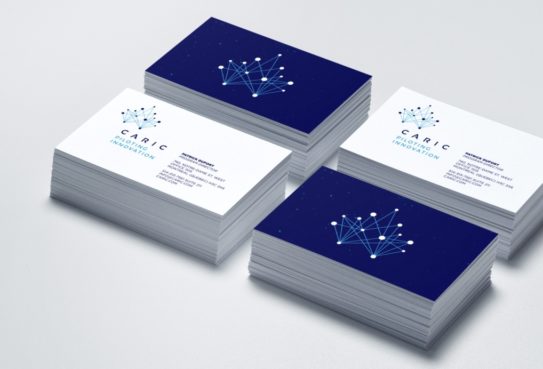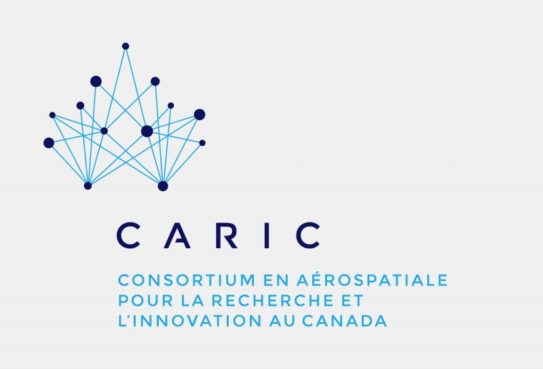In the financial industry, for example, you’ll find all those types of names: Desjardins, Tangerine, Manulife, Fondaction, National Bank, TD, RBC, CIBC. And they all work well in their own particular way. What conclusions should we draw from this?

Let’s begin at the beginning: what’s the difference between initials, acronyms and abbreviations as applied to brand names?
Initials
Brands created from initials are just that: a brand name formed from the first letters of a name or series of words. It’s often a set of initials that stands for a purely descriptive name or the initials of a company’s founders. Also known as monogram brands, some well-known examples include BBC (British Broadcasting Corporation), ESPN (Entertainment & Sports Programming Network), IBM (International Business Machines), BMW (Bayerische Motoren Werke), EY (Ernst & Young), and LG (Lucky-Goldstar), which is now associated with the company’s slogan, “Life’s Good.”
Judging from that list, it’s hard to argue that initials aren’t a viable approach to developing a brand name, even when we don’t quite know what they stand for. Although the most popular names these days are metaphorical or invented names (also called abstract names) (Apple, Amazon, Netflix, Facebook Google)*, initials have not been abandoned as a branding solution. They are often an obvious choice for all kinds of professional associations, interest groups and lobby groups that would otherwise have very long names.
If indeed it turns out that an initialism is the right way to go for your brand, it’s important, in choosing the words that the initials will stand for, to use good semantic and linguistic judgment, so that it doesn’t appear that the words were chosen as an afterthought to the initials. It’s also important to make sure the initialism is easy to say. For example, CN and CBC are easier to say and remember than a name with a series of four or more initials such as CNAREA (Canadian National Association of Real Estate Appraisers).
Since initialisms abound in the world of brand names, taking that route can cause brand owners and managers serious headaches. For instance, the initials CBA are used by both the Canadian Bar Association and the Canadian Bankers Association, while the initials CAPIC are used by both the Canadian Association of Immigration Professionals and the Canadian Association of Professional Image Creators. Another drawback of initialisms is that they are typically unilingual, unless you can find a way to make them work in both French and English, as we did with CARIC (Consortium for Aerospace Research and Innovation in Canada / Consortium en aérospatiale pour la recherche et l’innovation au Canada).
Acronyms and abbreviations
An acronym is a set of initials that can be pronounced as a new word. Some famous examples include FIAT (Fabbrica Italiana Automobili Torino), GEICO (Government Employees Insurance Company), Quantas (Queensland and Northern Territories Air Service), and IKEA (Ingvar Kamprad Elmtaryd Agunnaryd – a combination of the founder’s name and city of origin). Acronyms can be an attractive option for descriptive names consisting of four or five words, as long as they don’t sound too contrived and provided they aren’t paired with a complex descriptor that sounds far-fetched or just plain silly.
Brands formed from abbreviated company names fall into a similar category. Actually, these brands often evolve from company nicknames. A number of famous brands emerged this way. Humans have a basic need to make names sound more appealing, personal and easier to say. Thus, among close friends and family members, William becomes Bill, Jessica becomes Jessie, and so on. There are lots of abbreviated names that have become new brands: FedEx (Federal Express); Esso (Standard Oil); Nabisco (National Biscuit Company); Vodafone (Voice, Data, Phone), to name just a few.
From the descriptive to the abstract
Interestingly, while all the unabbreviated original names in the preceding list were originally descriptive names, they took an abstract turn when they were abbreviated. Geico, Esso and Ikea are very similar in form to purely abstract names like Google, Xerox and Exxon.
It’s important, therefore, to be aware that when you use initials to replace a descriptive name, you need to invest accordingly in communicating what the new brand represents, unless, of course, your existing descriptive brand has a well-known history and a high level of brand recognition in the marketplace that you can leverage. That will make the transition to the new name less arduous, although it still has to be managed skillfully, as was the case of the major Canadian financial institutions RBC, TD and BMO when the financial industry was deregulated some years ago.
How much money you’ll need to invest in the communications effort will also depend on the audience you’re addressing. If you’re trying to reach a broad public (B2C), the cost will be significant. On the other hand, if you’re addressing a specific target audience in a particular industry segment (B2B) operating in a defined geographical area, the cost will be relatively modest.
No matter what the situation, however, a solid tagline that highlights the benefit of the organization, product, or service is a necessary adjunct to the brand name.


Remember that a brand name exists as one component of a set of distinctive, differentiating identity elements that are recognized as a whole in the marketplace. Like our own individual names, brand names serve to introduce us, but they don’t convey everything about us.
When it makes sense to adopt an initialism or an acronym…
Over time, descriptive terms that make up a brand name can become limiting or ill-fitting. In some situations, creating an initialism or an acronym can be the right move. There are several relevant situations:
Brands in the digital age
Today, brands have to contend with the new reality of a digital communication environment. When brands become key words in search engines, they sometimes take precedence over equivalent words in common parlance. For example, if you search for “apple” on Google, you’ll have to scroll through seven pages before you get to a reference to the fruit rather than to the famous US brand! These same search engines can recognize the brand name whether it is written out in full or as an acronym and generate search results whether you type “BMO” instead of “Bank of Montreal”, or “VW” rather than “Volkswagen.” It can even suggest the correct spelling in the event of a typo (e.g., “Vokwagan”).
Today, the fact that a brand name is evocative, descriptive or an acronym does not by itself guarantee a high degree of brand recognition. Of course the name is pivotal, but so are all the other dimensions of the brand. The brand’s digital environment now plays an outsize role in its success, visibility and recognition. A brand is defined by all its digital manifestations – from web content to tweets to mentions on social media – and they all have an impact on brand recognition because these manifestations are never inconsequential. They give the brand a voice and a platform as well as an opportunity to shine, initiate dialogue, tell its story and foster recognition.
There’s no magic formula for creating a brand’s nominal identity. Initials, acronyms and abbreviations can all be good naming choices provided you’re cognizant of the benefits and drawbacks and make the right communication decisions.
When it comes to building brands, you don’t want to rush matters. Make sure you give yourself enough time to think things through, to avoid having to return to the drawing board.
* According to Forbes, 13 of the 26 most valuable global brands in 2020 have metaphorical or invented names. Only four are brands formed from initials (AT&T, GE, SAP, IBM).
https://www.forbes.com/the-worlds-most-valuable-brands/#5536d0a6119c
View more relevant articles